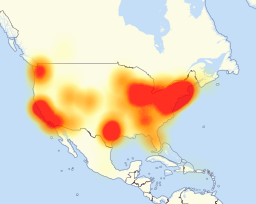IBM has announced that 40 companies around the world have signed up for its IBM Watson for Cyber Security Beta Program.
The companies will test the ability of IBM’s cognitive computing technology to help in the battle against cyber crime. The trial will include representatives of the banking, healthcare, insurance, education and other key industry sectors.
Watson for Cyber Security uses technologies such as machine learning and natural language processing, which is being trained to understand the language of security.IBM claims the combined technologies will help security analysts make better, faster decisions from vast amounts of data, including unstructured data that has been “dark” to security defenses until now.On other hand some threat intelligence experts have cautioned against the total reliance on cognitive technology could be dangerous
Intel Security is pursuing this hybrid approach and is working with a select group of customers to develop systems to enable human machine teaming to get the best of both worlds in applying cyber threat intelligence
http://www.computerweekly.com/news/450404252/40-firms-to-trial-IBM-Watson-cognitive-computing-for-cyber-security
